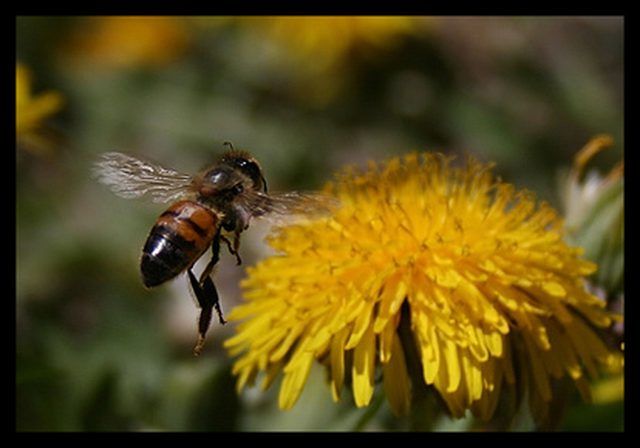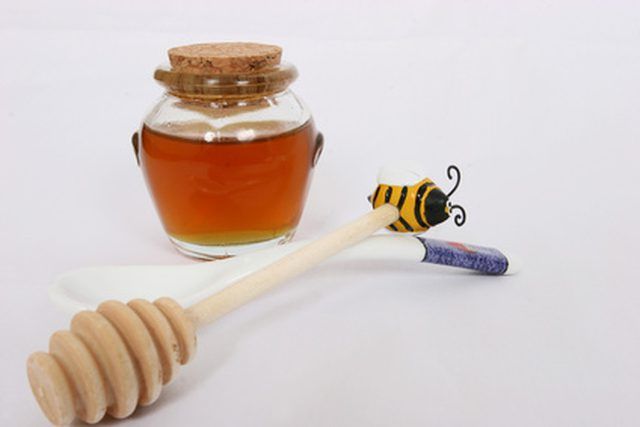Bulbs
Flower Basics
Flower Beds & Specialty Gardens
Flower Garden
Garden Furniture
Garden Gnomes
Garden Seeds
Garden Sheds
Garden Statues
Garden Tools & Supplies
Gardening Basics
Green & Organic
Groundcovers & Vines
Growing Annuals
Growing Basil
Growing Beans
Growing Berries
Growing Blueberries
Growing Cactus
Growing Corn
Growing Cotton
Growing Edibles
Growing Flowers
Growing Garlic
Growing Grapes
Growing Grass
Growing Herbs
Growing Jasmine
Growing Mint
Growing Mushrooms
Orchids
Growing Peanuts
Growing Perennials
Growing Plants
Growing Rosemary
Growing Roses
Growing Strawberries
Growing Sunflowers
Growing Thyme
Growing Tomatoes
Growing Tulips
Growing Vegetables
Herb Basics
Herb Garden
Indoor Growing
Landscaping Basics
Landscaping Patios
Landscaping Plants
Landscaping Shrubs
Landscaping Trees
Landscaping Walks & Pathways
Lawn Basics
Lawn Maintenance
Lawn Mowers
Lawn Ornaments
Lawn Planting
Lawn Tools
Outdoor Growing
Overall Landscape Planning
Pests, Weeds & Problems
Plant Basics
Rock Garden
Rose Garden
Shrubs
Soil
Specialty Gardens
Trees
Vegetable Garden
Yard Maintenance
Bumblebee Vs. Honey Bee
Bumblebee Vs. Honey Bee. Bumblebees and honey bees are flying insects closely related to wasps and ants. All bees are members of the family scientifically known as Apidae. Both species are known for their role in pollination of flowers and food crops. Honey bees are often cultivated by apiculturists for their production of honey and beeswax....

Bumblebees and honey bees are flying insects closely related to wasps and ants. All bees are members of the family scientifically known as Apidae. Both species are known for their role in pollination of flowers and food crops. Honey bees are often cultivated by apiculturists for their production of honey and beeswax. Bumblebee colonies are generally housed in temporary hives that are utilized by the bees for only one year. Honey bees tend to build more permanent, perennial structures that house the colony for many years.
Identification
In the Apidae family, bumblebees are members of the genus Bombus. With more than 250 known species, they exist primarily in the Northern Hemisphere. Like honey bees, bumblebees are social insects that typically have black and yellow body hairs, giving them a fuzzy appearance. Some lesser known species have red or orange on their bodies, while others appear to be entirely black. Honey bees appear to be more slender than bumblebees and have a golden coloring with some black markings. There are only seven known species of honeybee in the world.

Habitat
With nearly 20,000 species of bees known to mankind, they exist on each continent, with the exception of Antarctica. They inhabit every area of the planet that contains flowering plants that must be pollinated by insects. In many areas of the world, bee farmers raise honey bees in man-made hives for the express purpose of pollinating crops. Farmers with crops growing in greenhouses often purchase small hives of bumblebees to pollinate the crops inside. Without bees and other insect pollinators, the crops would need to be pollinated by hand, which is a tedious process.
Benefits
Bees provide a variety of services that benefit mankind. In addition to their pollinating efforts, they are also responsible for cross-pollination. Cross-pollination between similar plant varieties can strengthen the plant strain, making it more resistant to disease and a better producer of its crop. Honey bees are also providers of a fine wax that rarely smokes when burned and many varieties of honey. The color and flavor of honey can vary, based upon the type and quality of flower that the bees have been collecting pollen from.
Honey Facts
Honey is the primary foodstuff that is produced by bees. When collected and stored in jars for consumers, honey has an infinite shelf life. It is the only food that does not ever spoil. Though it can crystallize, it can be liquefied again by applying heat. Honey is also anti-bacterial, making it an excellent dressing for wounds. In recent years, doctors have utilized honey to heal sores on the limbs of diabetic patients, lessening the need for amputations due to gangrene.

Conservation
Bumblebees are important wild plant pollinators. Like honey bees, their numbers have declined in recent years. In the United Kingdom, two varieties of bumblebees have become extinct during the last 100 years. Others have been deemed to be endangered and have recognized as species in need of conservation activity. This general decline in bee populations is known as Colony Collapse Disorder. No single cause has been determined.